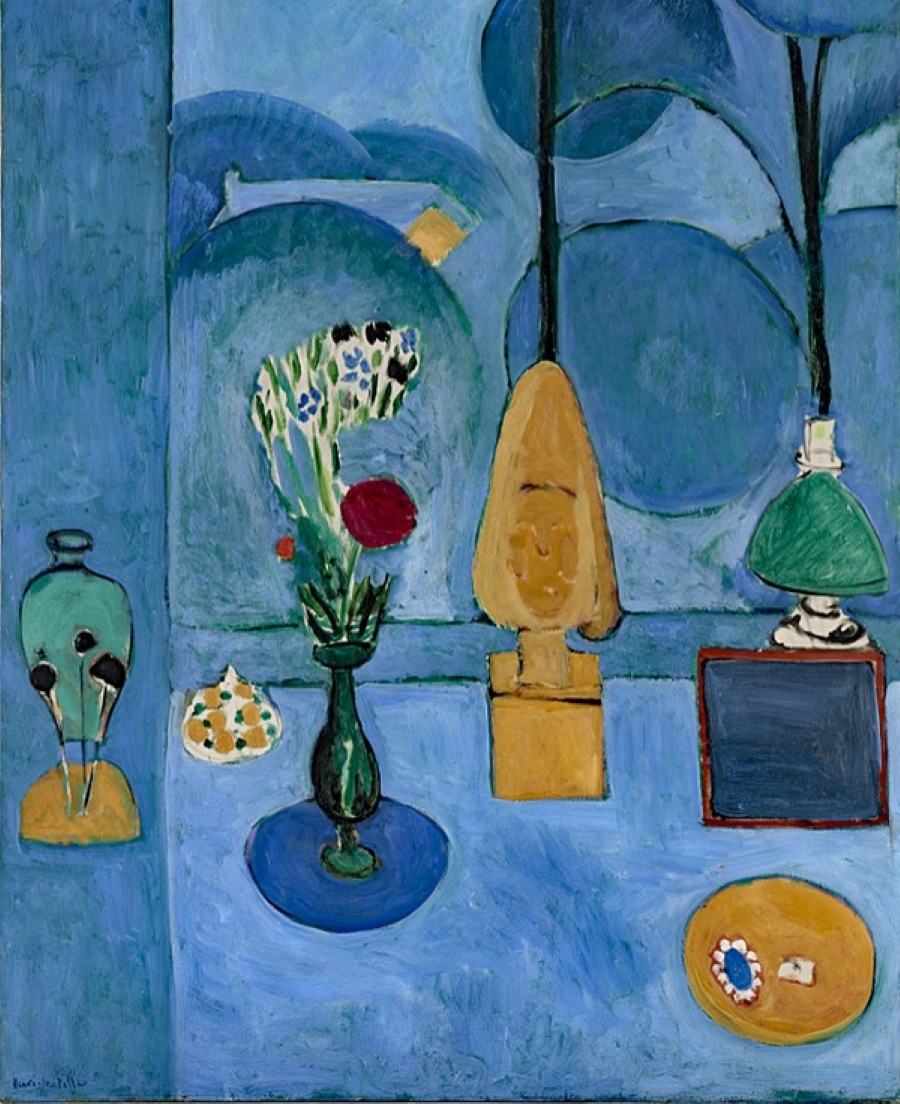Pokolbin (Cessnock)
ADFAS Pokolbin welcomes you.
ADFAS Pokolbin provides its members a yearly program of 8 illustrated arts-related lectures presented by skilled overseas and Australian experts plus excursions and outings in a friendly and sophisticated social setting.
ADFAS Pokolbin provides funding for Young Arts to both Cessnock East & Cessnock West Public Schools. The schools we support both have ‘special needs’ students, including those with physical disabilities and autism spectrum. Both schools are classified as being in lower socioeconomic areas of Cessnock LGA.
We provide a Visual & Performing Arts Scholarship with the goal to encourage development of all forms of Fine Art in HSC studies including Painting, Sculpture, Music, Drama, Dance and Film, providing financial assistance to students in their final year of school enabling purchases of equipment or attendance at workshops related to their art.
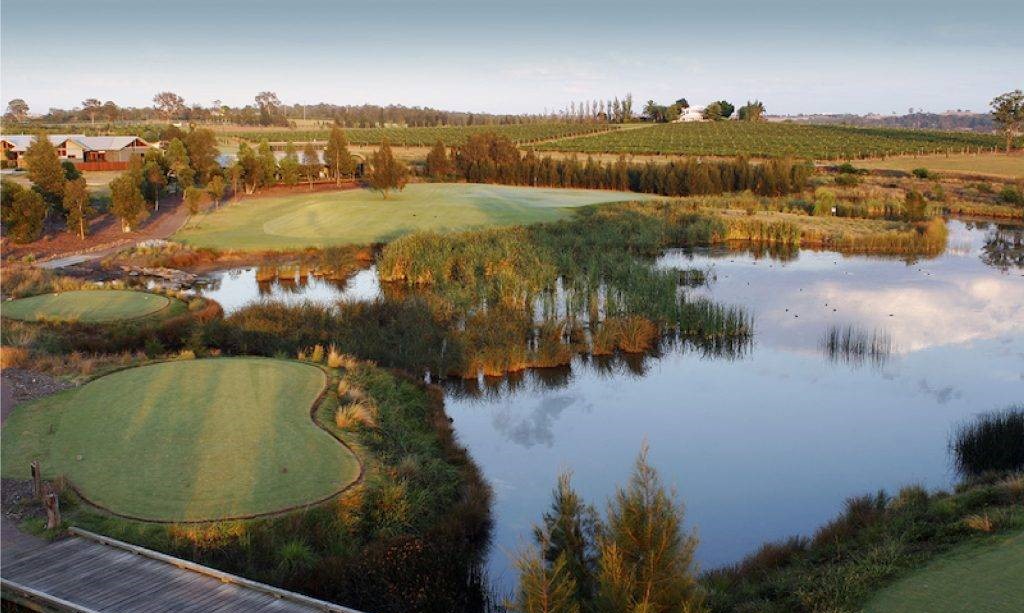
Lectures:
Venue:
All lectures are held at Cessnock Performing Arts Centre, (CPAC) cnr. Vincent St and Aberdare Rd, Cessnock.
Time:
Evening lectures start promptly at 7:00 pm, please arrive from 6:15 pm. Lectures followed by supper and Hunter Valley wines.
Membership:
Annual Membership – $180.00 for all 8 lectures.
Click here to join or email: members2@adfaspokolbin.org.au
Guests welcome:
Visitors are welcome – $35.00 per lecture.
Visiting members of other societies and students are FREE
Contact:
For all enquiries please email: members2@adfaspokolbin.org.au
Postal Address: PO Box 386 Cessnock NSW 2325
ABN: 50 525 651 526
Committee
Chair: Lucy Griffiths Ph: 0413 216 929
Secretary: Tracey Seath
Treasurer: Catriona Custance
Membership Secretary: Dearne Cameron. Email: members2@adfaspokolbin.org.au
2024 PROGRAM
Monday 26 February 2024
SCUPLTURE AND ARCHITECTURE
Presented by: David Worthington
Venue & Time: Cessnock Performing Arts Centre, 7pm
It is likely that the first architects were the stonemasons who built temples and cathedrals. So sculptors were the architects. In the ancient world the building was a plinth for a sculpture such as the golden Athena on the Parthenon. Over time sculpture became decoration before being stripped away by the ‘less is more’ credo. However, the two arts remain closely intertwined. A sculpture has its architecture and good architecture is sculptural. This lecture will trace this inter-relationship showing how in an age of computer aided design an understanding of sculpture is more Important than ever for architecture.
David has been drawn to abstract sculpture since seeing a Barbara Hepworth in a school book. He graduated in Philosophy and Theology from Oxford in 1984, then studied fine art in London, Barcelona and New York. A sculptor with many international commissions, he also curates and writes about art. He was shortlisted for the Jerwood Sculpture Prize in 2009. David is a Fellow of The Royal Society of Sculptors and was Vice President in 2010-13.
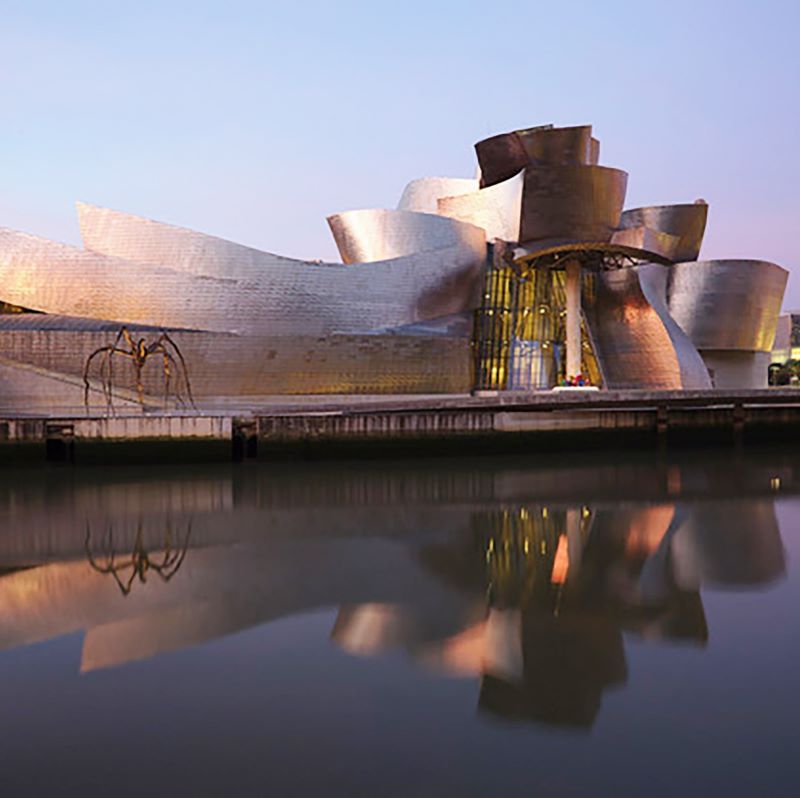
Monday 25 March 2024
JEFFERY SMART: HIS ART AND INFLUENCERS
Presented by Nick Gordon
Venue & Time: Cessnock Performing Arts Centre, 7pm
Jeffrey Smart remains one of Australia’s most endearing modern artists, and the quiet stillness captured in many of his works is instantly recognisable. In this lecture, Dr Nick Gordon begins by exploring how Smart used geometry in his art, from the games he played with the golden ratio, to his mastery of linear perspective and his subversion of the rules of composition. The playfulness this formal analysis reveals stems from his diverse influences, including Renaissance masters such as Piero della Francesca, to the giants of modernism such as Cézanne, and his teachers, Dorrit Black and Fernand Léger.
Dr Nick Gordon holds a University Medal (2003) and PhD (2009) in history from the University of Sydney. He has taught European history at the University of Sydney (2004-2009), the history of political thought at Western Sydney University (2009-14), and architectural history at the University of NSW. He has lectured regularly on art and history topics for the Nicholson Museum, Hazelhurst Regional Gallery, the WEA Sydney and Sydney’s Centre for Continuing Education. He is also an artist and brings his deep knowledge of materials, techniques and the insights of his “artist’s eye” to his analyses of art in his lectures.
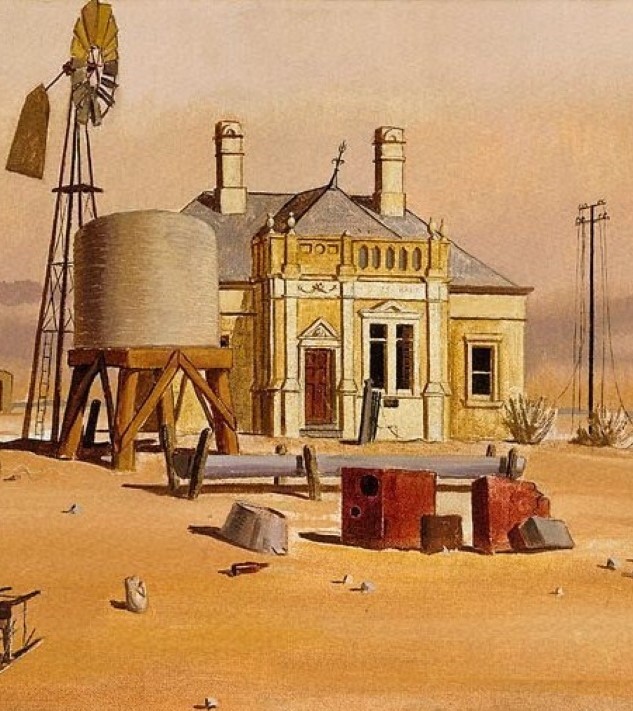
Monday 6 May 2024
BOTTOMS UP! A HISTORY OF WINE, ITS RITUALS AND VESSELS
Presented by Andy McConnell
Venue & Time: Cessnock Performing Arts Centre, 7pm
Wine has sustained humanity for almost 10,000 years. While causing wars and riots, it’s also helped broker peace and more commonly served as an aphrodisiac. Wine has been personified in the form of Gods and has been a catalyst in civilised entertaining and dining rituals. Bottom’s Up! traces the story of wine throughout the ages. It also examines the extraordinary art and artefacts created throughout history to enhance the pleasure of wine. The talk visits the ancient world, the Middle Ages, the Renaissance and 18th century Britain, culminating today, when more wine is being consumed than ever.
Andy has dealt in antiques since adolescence but served an apprenticeship in journalism. After working in music, film and television, he returned to writing in 2004, authoring the The Decanter, An Illustrated History of Glass From 1650. He followed this in 2006 with Miller’s’ 20th Century Glass. He continues to write and runs Britain’s largest antique glass gallery in Rye, Sussex. Andy is best known as the humorous glass specialist on BBC’s evergreen Antiques Roadshow.
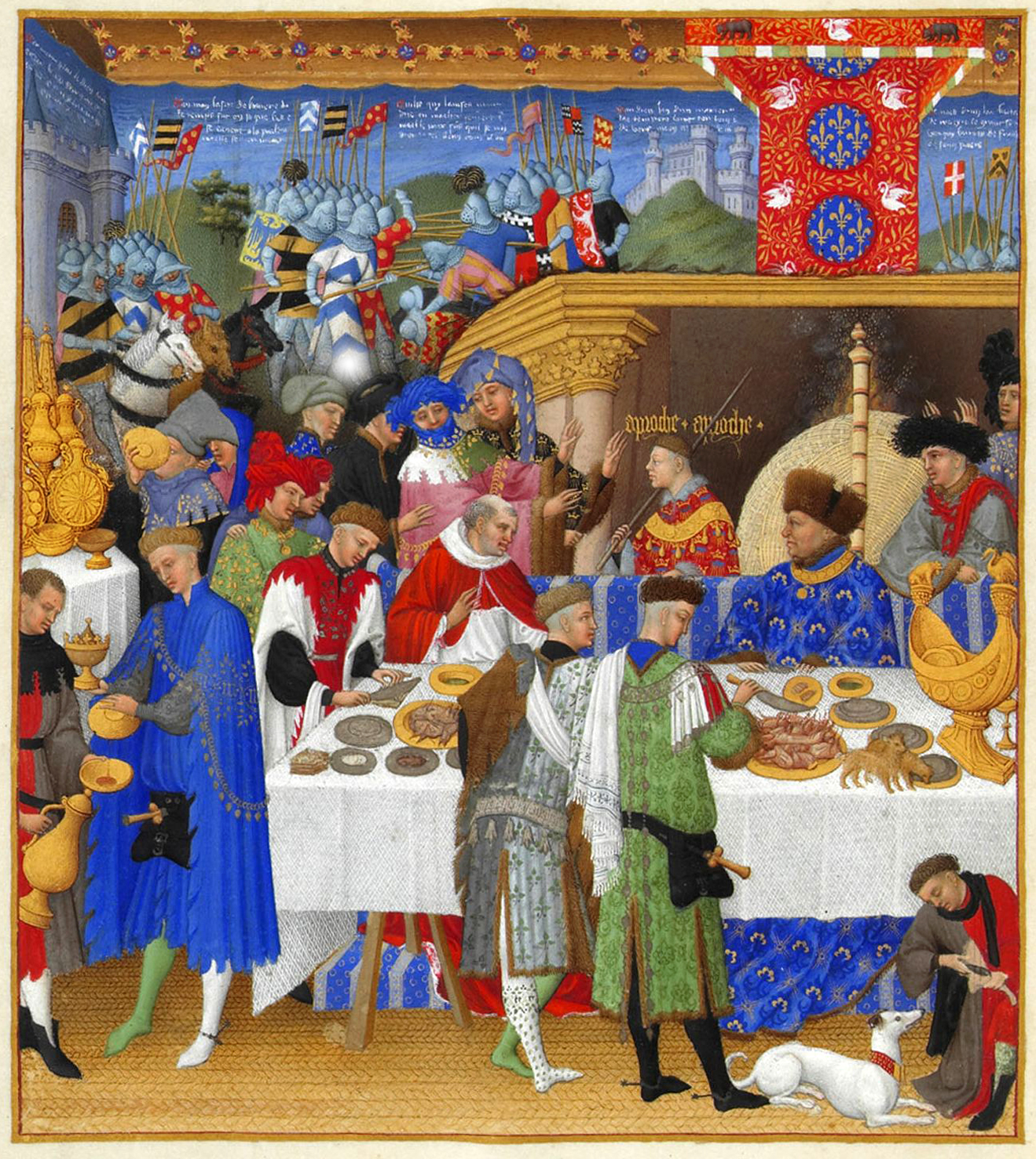
Monday 17 June 2024
WAR AND PEACE: BEN QUILTY AND GEORGE GITTOES
Presented by Gavin Fry
Venue & Time: Cessnock Performing Arts Centre, 7pm
Since the end of the Vietnam War more than forty years ago, Australians have served in many parts of the world in the role of peacekeepers. While the title might sound benign, the conflicts and experiences of those at the front can be as dramatic and dangerous as any world war. Ben Quilty and George Gittoes have both worked as war artists with these small expeditionary forces, bringing home a truly human story, filled with the high emotion and drama befitting artists of deep feeling and conscience.
Gavin Fry is a writer, artist and museum professional with fifty years experience working in curatorial and management positions in Australian museums, galleries and educational institutions. He is the author of twenty-five books on Australian art and history and a large number of catalogue and journal essays. In retirement Gavin has returned to his art training and exhibits as a painter in Newcastle and Melbourne. Gavin holds the degrees of Bachelor of Arts [Hons] and Master of Arts from Monash University and Master of Philosophy from Leicester University.
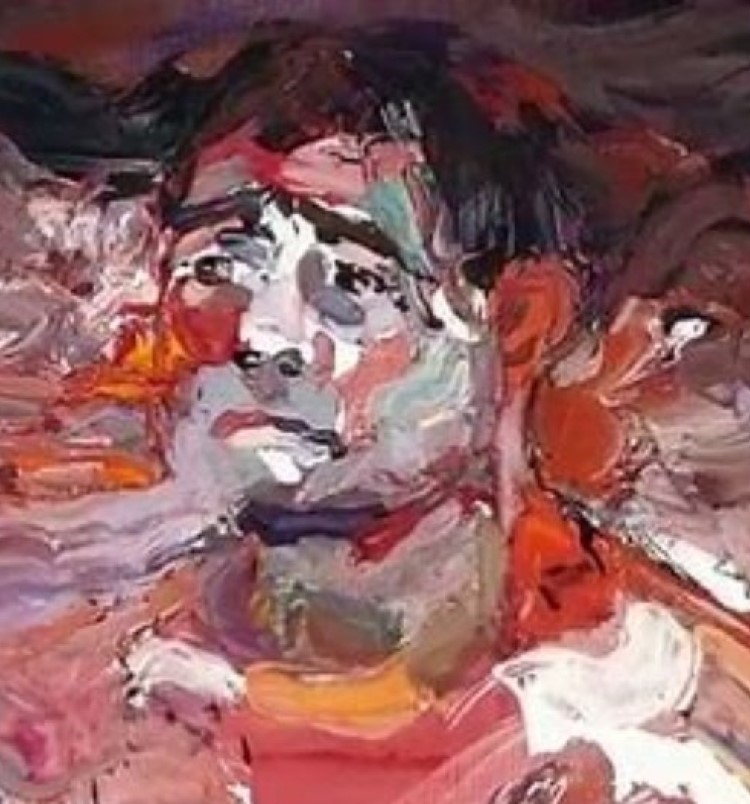
Monday 8 July 2024
THE ARCHITECTURE OF MUGHAI INDIA: MOSQUES, GARDENS AND MAUSOLEUMS
Presented by John Stevens
Venue & Time: Cessnock Performing Arts Centre, 7pm
The architecture of Mughal India, palaces, mosques, gardens and mausoleums. Before the British arrived in India, the Indian subcontinent was ruled by the Mughal Emperors. The stunning buildings and gardens they constructed from the sixteenth to the eighteenth century have left an indelible stamp on India’s architectural and cultural landscape. This lecture will take you on a tour of some of India’s greatest and most beautiful buildings and provides insight into the historical contexts and colourful personalities involved in their construction.
Dr John Stevens is a Research Associate at SOAS, University of London. His PhD in History is from University College London. He teaches British Imperial history, Indian history and Bengali language, and is a regular visitor to India and Bangladesh.
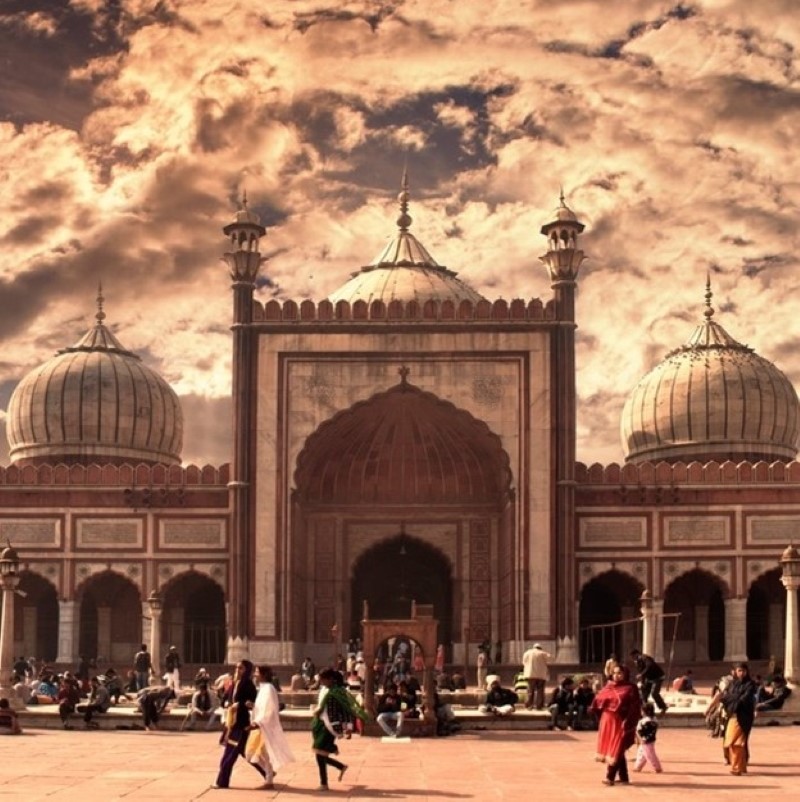
Monday 5 August 2024
WHAT HAVE THE HUGUENOTS EVER DONE FOR US? MASS MIGRATION AND THE ARTS IN BRITAIN
Presented by Vivienne Lawes
Venue & Time: Cessnock Performing Arts Centre, 7pm
The mass migration of the French Protestant Huguenots in the 16th and 17th centuries impacted the arts, the military and finance sectors of the countries to which they fled following Catholic persecution in their homeland. This lecture focuses on three areas of the arts impacted by the migration: the silk weaving industry; the silversmiths and ceramicists introducing Rococo style into Britain; and the baroque style of the great Huguenot designer, Daniel Marot, who worked for William and Mary at Hampton Court. We see how the artistic works of the Huguenots changed material culture and became integrated into British national identity.
An art historian, art market analyst and curator/ writer, Viv Lawes combines a hands-on career in the art business with research and teaching in Higher Education at several London-based universities. Her courses include The Art Market, History of Western Art and Design 1350-1970, and Asian Art. Viv has curated numerous exhibitions of Southeast Asian contemporary art in London and Singapore. She writes for many publications and private clients, for both academic and general readership.

Monday 9 September 2024
A HIGHLAND THING: 18TH TO 20TH CENTURY SCOTTISH ART
Presented by Rosalind Whyte
Venue & Time: Cessnock Performing Arts Centre, 7pm
For many years Scottish artists found it necessary to travel south to make their names and careers in art, but with the growth of Edinburgh and Glasgow from the end of the 18th Century, an independent Scottish art scene became possible. Individuals such as Sir Henry Raeburn enjoyed success whilst remaining in their native Scotland, while Sir David Wilkie became one of the first to truly export Scottish art. This lecture will also look at parallels between Scottish and European art, as well as periods of divergence, touching on art movements such as the Glasgow Boys and the Scottish Colourists.
Rosalind holds a BA and MA from Goldsmith’s College, and an MA (distinction) from Birkbeck College. She is an experienced guide at Tate Britain, the Tate Modern, the Royal Academy and The National Maritime Museum, Greenwich.She lectures at the Tate, to independent art societies and on cruises.
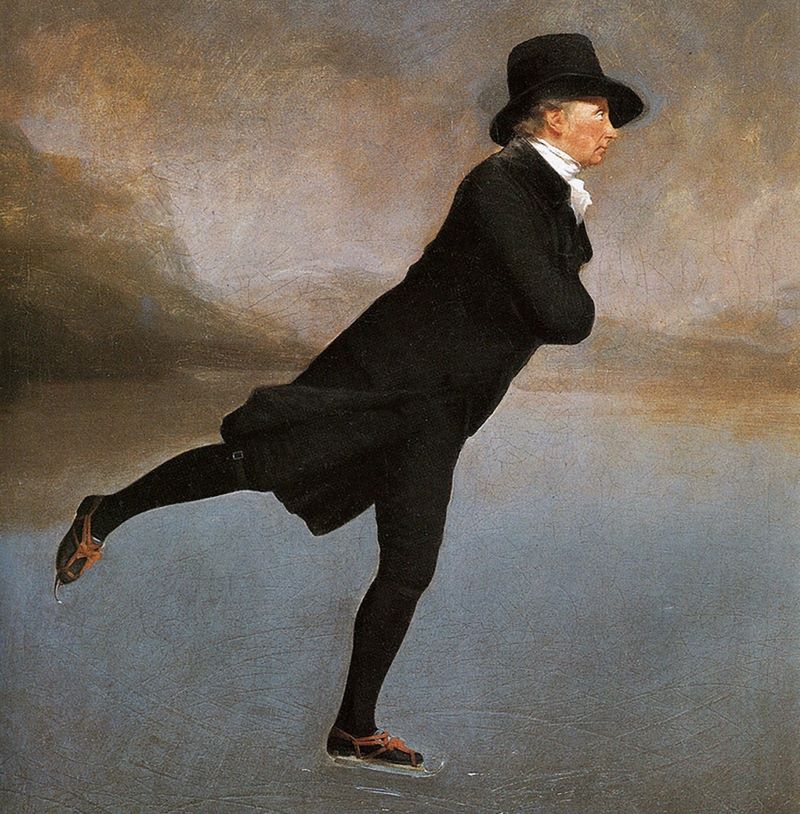
Monday 14 October 2024
MATISSE: SIMPLE BEAUTY
Presented by Paul Chapman
Venue & Time: Cessnock Performing Arts Centre, 7pm
Matisse is regarded as one of the artists who best helped to define revolutionary developments in the visual arts throughout the opening decades of the twentieth century. His intense use of colour between 1900 and 1905 brought him notoriety as one of the Fauves (wild beasts). During WWI he moved to the South of France, here his work became more figurative and he was heralded as an upholder of the French Classical tradition. In later age he had a second flourish as an avant-garde artist. A truly important art figure and an inspiration to countless generations of painters that followed.
Paul is an Art Historian and a National Gallery trained guide with considerable experience in education. Paul delivers courses and lectures for educational organisations as well as tours for art associations/societies in Museums and Galleries in the UK and Europe. He is a guide at Longford Castle art collection in Wiltshire and is a visiting tutor at Marlborough College. Paul has published a book on cultural crossovers and appropriations in 20th century painting.
